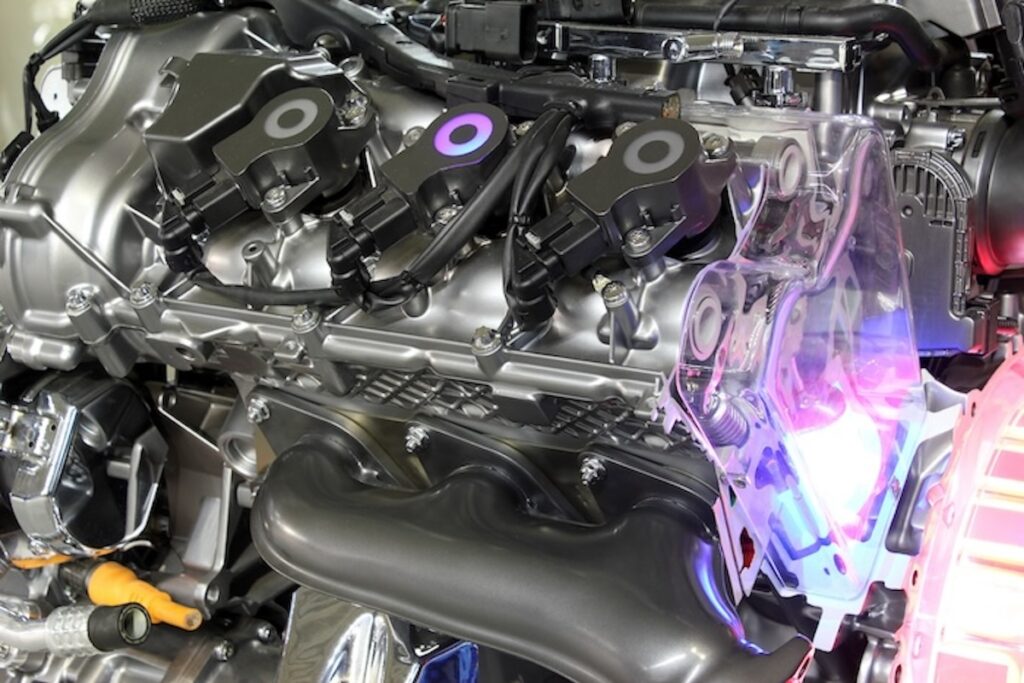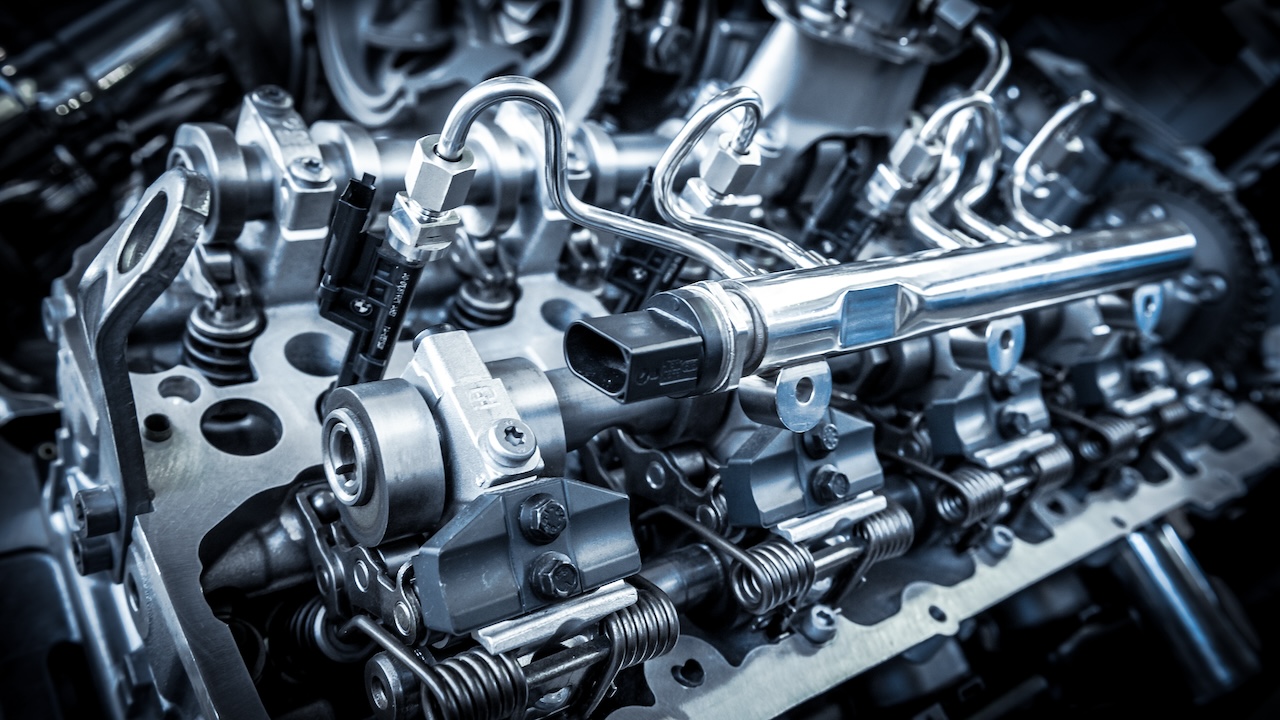Il quantum engine it could be an alternative to the normal ones fuel engines that we know, allowing the machine to operate without combustion.

A valid alternative to reduce Ei emissions fuel consumptionalso considering the ever-increasing price of petrol and diesel, possibly even more efficient than battery electric cars: this is the goal, for now only the dream, of the group of Japanese and German researchers who developed the first prototype of quantum engine.
Listening to it, it seems like crossing the limits of science fiction: the quantum engine it leverages the rules of quantum mechanics, an area of physics still to be explored. But its application could be more than real.
What is it how the quantum engine works? Let’s find out together.
The first prototype quantum engine
Hearing about quantum mechanics, someone would be inclined to run away. In fact, this is an area that is not yet fully cleared and that professionals must study in depth. Basically, it’s about physical theory which explains the behavior of matter. And a group of researchers tried to apply it to car engine.
Il quantum engine exploits precisely the laws of quantum mechanics to allow the car to run without any type of combustion occurring.
I fuel engines that we commonly use, in fact, allow the machine to function thanks to the combustion chamber, where a mixture of air and fuel is ignited.
This creates an explosion that pushes a piston back and forth, generating energy. The researchers and physicists ofOkinawa Institute of Science and Technology and of theUniversity of Kaiserslautern-Landau e Stuttgart they wondered whether it is possible to reproduce this behavior in the quantum field, modifying the nature of the particles.
The answer is yes, at least according to first prototype of quantum engine created. Even if there are obstacles and critical issues.
The principle of the quantum motor prototype
For those who initially had the impulse to run away from the quantum mechanics, do not worry. We won’t go into too much detail regarding the physical principles of quantum engine in question.
We will limit ourselves to briefly describing how this works new engine which, until a few decades ago, would have been unthinkable.
The quantum mechanics proposes forms of energy different from conventional ones, which for example do not include heat. Exactly the antithesis of fuel enginewhich must heat up to very high temperatures to create energy.
Il quantum engine prototype involves the use of a gas on which it is possible to induce a change in the quantum nature of the particles. The particles, according to the quantum theoryare divided into two types: bosons, such as the well-known Higgs boson, and fermions, such as electrons.
Bosons and fermions have different characteristics based on the Pauli exclusion principle. Simply put, two identical fermions cannot occupy the same quantum state at the same time, while for two identical bosons it is possible.
The difference in particle behavior is the basis of the operation of the quantum engine.

How the prototype works
For fans of numbers, formulas and calculations, there is the complete study published in the scientific journal Nature. For general information, it will be enough to know that the group of researchers experimented with a particular gas, ultra-cold lithium. At low temperatures, in fact, bosons and fermions behave differently. In particular:
- The bosons remain at the lowest energy state, merging together;
- Fermions, on the other hand, move away from each other and occupy different energy levels.
The idea behind the quantum engine prototype is to transform fermions into bosons and vice versa. At low temperatures, fermions are pushed to form a single molecule, therefore a boson, through a powerful magnetic field.
Releasing it causes the fermions to separate again, thus converting the magnetic energy into mechanical energy which ultimately allows the car to function.
The conclusions and critical issues of the quantum engine
With the experiment, the research group achieved good results, also highlighting a high efficiency of the process, which increases together with the number of particles used. Despite the excellent outcome, the quantum engine presents some critical issues.
The first – the most important – concerns the practicality of using a quantum engine on cars for sale and in circulation. As we have explained, heat and thermodynamics are enemies of quantum mechanicswhich operates at very low temperatures.
Too low to be useful and not very expensive. In fact, to keep the engine as cold as possible, a large amount of energy is needed which, in practice, could be a problem.
There are also many challenges to face. Despite the prototype allows us to scientifically imagine a quantum motor, the efficiency levels still need to be improved and many studies are still needed before the industries in the sector can judge whether the quantum motor is actually applicable for mass production.
















Leave a Reply
View Comments